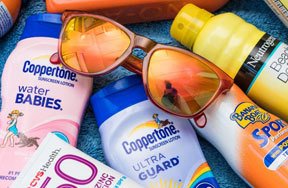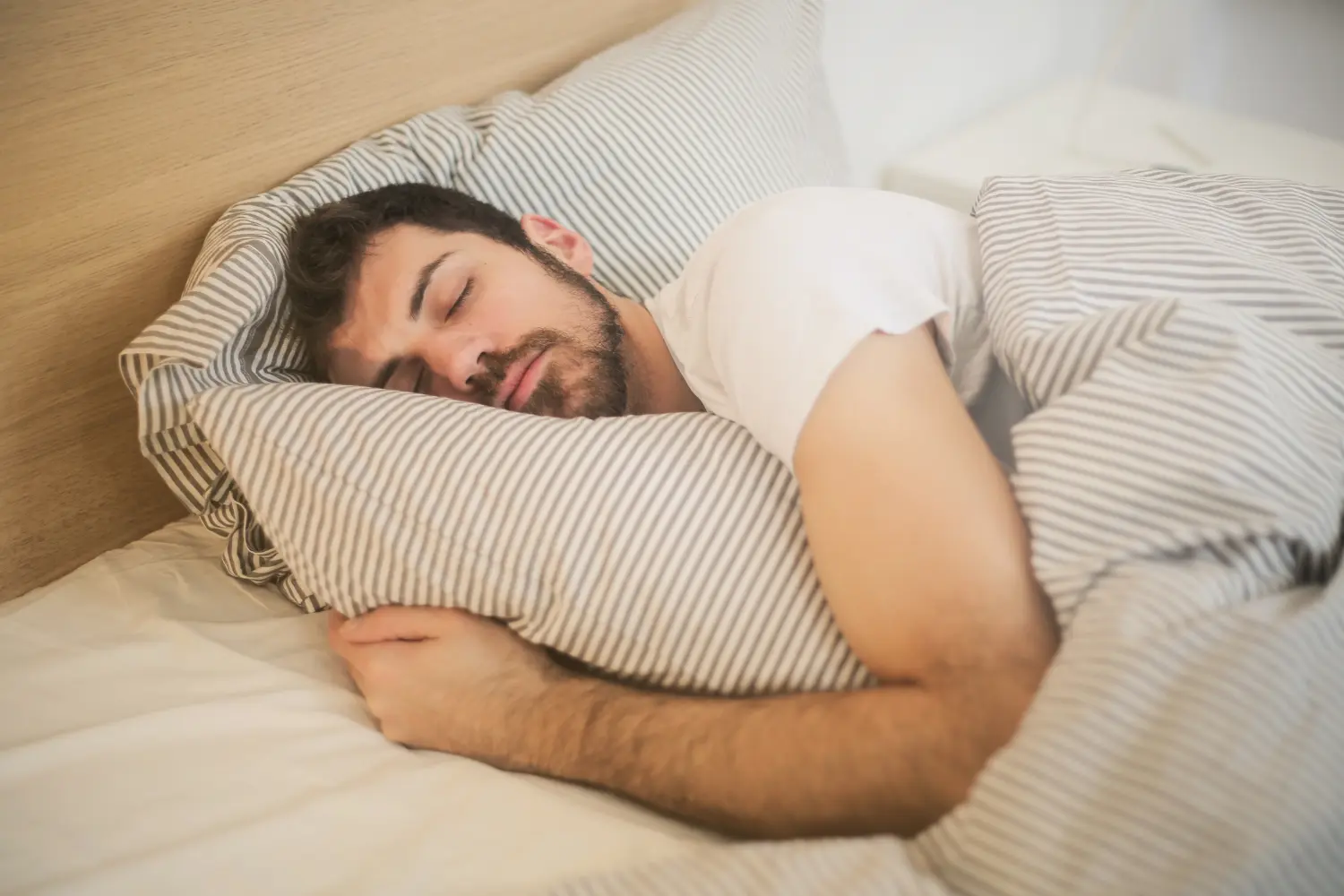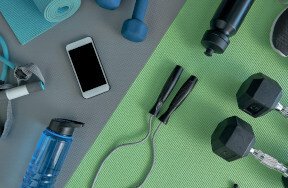Is The Sun Good or Bad For You? Stay Burn-Free This Summer
Tips to have fun in the sun safely.
Jun 04, 2021Love to hang out in the warm sun? Go for it! Too much sun can give you painful burns and increase your risk for skin cancer, but that doesn’t mean you have to shut yourself inside all day. Just be smart about it. Grab these helpful tips, your bottle of Coppertone, and get outside!
When Is The Sun Bad For You?
Too many UV rays cause skin burns. They can also damage the DNA in your skin. If this happens to certain skin cells, cancer can start. Even a few sunburns can increase your risk for skin cancer later in life. UV rays react with the melanin in your skin.
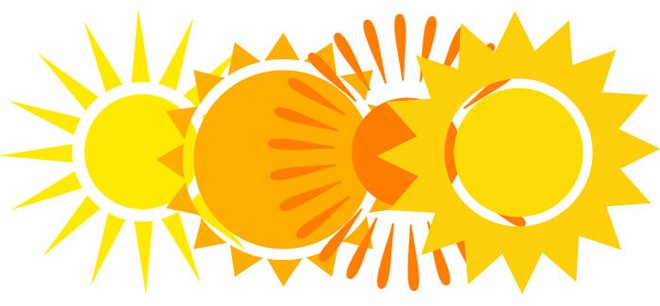
Melanin: What Is It?
Melanin is a chemical in your skin that defends it against damage. Everyone has different amounts of melanin in their skin. Fair-skinned people hold less melanin in their skin and may be more at risk for skin damage from sun rays. Darker skinned people aren’t immune to skin damage and still need to be careful in the sun.
UVA and UVB Rays
- UVA Rays: We’re most exposed to these rays from the sun. Tanning beds also give off these rays. Tanning beds bronze your skin, but also result in a lot of damage, as studies have proven.
- UVB Rays: These are contributors to sunburn, not to mention cancer.
 Choose a broad spectrum sunscreen to block both UVA and UVB rays.Courtesy of Banana Boat
Choose a broad spectrum sunscreen to block both UVA and UVB rays.Courtesy of Banana Boat
Why Sunscreen?
Always wear sunscreen outside for sun protection. Sunscreen blocks out harmful UV rays in two ways:
- Reflecting the light with a physical barrier. Zinc oxide is an example of this. Notice that lifeguards wear white cream on their noses? That’s zinc oxide.
- Absorbing the UV radiation. Oxybenzone commonly does this in many sunscreens.
When choosing a sunscreen, pay attention to SPF, or sun protection factor. SPF tells you how effective the product is at protecting you from UVB rays.
- SPF 15: Sunscreens with this rating block around 94 percent of UVB rays.
- SPF 30: Sunscreens with this rating block around 97 percent of UVB rays
- SPF 45: Sunscreens with this rating block around 98 percent of UVB rays.
You should try to use a sunscreen with at least a 30 SPF and look for sunscreens labeled “broad spectrum.” Broad spectrum sunscreens protect you from both UVA and UVB rays.
Apply sunscreen 30 minutes before you go outside. No matter what your SPF is, reapply it every two hours. Reapply it more often if you get wet or sweaty.
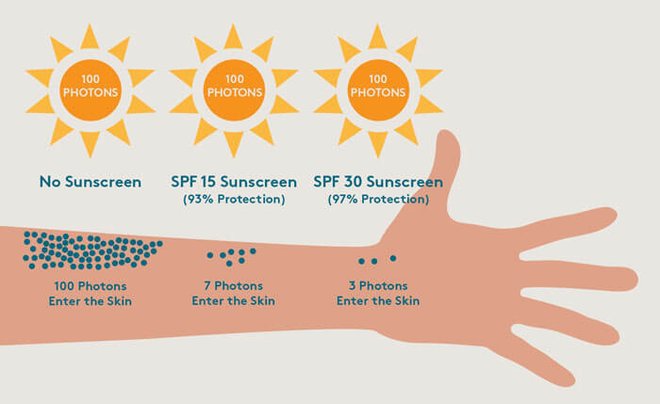 SPF, or sun protection factor, tells you how effective the product is at protecting you from UVB rays.Courtesy of Colorescience, Inc
SPF, or sun protection factor, tells you how effective the product is at protecting you from UVB rays.Courtesy of Colorescience, Inc
Besides applying sunscreen, what else should you know?
- Be especially careful of the sun between 10am and 2pm--Its rays are strongest between these hours. Indoor activities work best during this time, but if you’re going to be outside, it would help to find shade when you can. If you’re at the beach, bring an umbrella.
- Clouds don’t block UV rays. Don’t let overcast skies fool you! You can still get burned because up to 80% of UVA rays can penetrate clouds.
- If you tan easily and don’t get burned often, you can still suffer from skin damage from UV rays! Don’t let that make you lazy about sun safety.
- Don’t worry about vitamin D. Many people think they can spend lots of unprotected time in the sun to get the vitamin D they need. It is true that you can get vitamin D from the sun, but you only need 10 minutes of midday sun exposure to get enough.
- Don’t forget your eyes--Wear sunglasses. Polarized sunglasses are best. They are treated with a coating which protects them from UV rays, which can cause cataracts when you get older. The thin skin on your eyelids burns easily.
- Not all clothing blocks out sun rays. If you hold it up to a light and can easily see through it, it won’t protect you from the sun. Darker, thicker fabric works best. Dry fabric blocks out more rays than wet fabric.
- Use your head. Protect it from sun! The sun beats down on the tops of our heads and can cause nasty scalp burns. Wear a hat. Baseball caps won’t protect your ears and neck, so put sunscreen on those areas, as well as your lips, nose and the rest of your face. No one loves the “red-nosed” look!
- Don’t use expired sunscreen. Expiration date does matter. If there’s no expiration date listed, write it on the bottle.
- Plan ahead. Keep sunscreen with you in your purse or bag so you can always apply and reapply when you need to.
- If your skin looks a little pink, cover up. It can take 12 hours for a sunburn to fully show up. Get out of the sun to prevent a worse burn.
 Sun safety is more than using sunscreen. Cover up and seek shade too.Courtesy of REAL Watersports
Sun safety is more than using sunscreen. Cover up and seek shade too.Courtesy of REAL Watersports
Ugh--You Have A Sunburn. Now What?
Apply aloe vera. You can get it directly from the aloe plant or buy an aloe after-sun gel product at the store. It will help with pain, itching, peeling and inflammation.
Hydrate. Sunburns can dehydrate you, so drink plenty of water.
If you have a fever, don’t feel yourself, or have severe blistering, you may want to see your doctor.
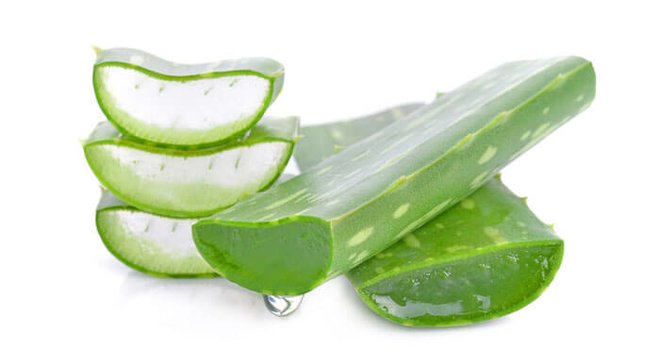 You can use aloe from the aloe plant to ease sunburns.
You can use aloe from the aloe plant to ease sunburns.
Share Your Thoughts
Have you ever had a sunburn? How do you stay safe in the sun? Comment below!





























